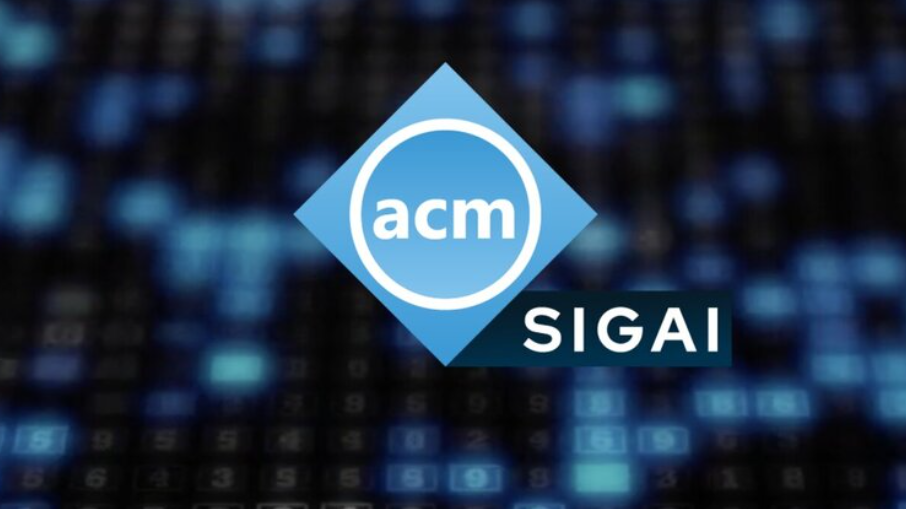Researchers developed a hybrid AI approach that can generate realistic images with the same or better quality than state-of-the-art diffusion models, but that runs about nine times faster and uses fewer computational resources. The tool uses an autoregressive model to quickly capture the big picture and then a small diffusion model to refine the details of the image.
A team of mechanical engineers at Beihang University, working with a deep-sea diving specialist from the Chinese Academy of Sciences and a mechanic from Zhejiang University, all in China, have designed, built, and tested a marine robot that can swim, crawl, and glide untethered in the deepest parts of the ocean.
Software alone isn’t always enough to tackle the demands of real-time stereo vision. That’s where smart hardware solutions come into play. Think of it as having a specialist to take care of the heavy lifting so you can focus on the big picture.
Legged robots, which are often inspired by animals and insects, could help humans to complete various real-world tasks, for instance delivering parcels or monitoring specific environments. In recent years, computer scientists have created algorithms that allow these robots to walk at different speeds, jump, emulate some of the movements of animals and move with great agility.
When groups make decisions—whether it's humans aligning on a shared idea, robots coordinating tasks, or fish deciding where to swim—not everyone contributes equally. Some individuals have more reliable information, whereas others are more connected and have higher social influence.
A leaping robot could have application in search and rescue, construction, even forest monitoring. But how do you design a robot to stick a landing on a branch or pipe? Biologists worked with robot designers to discover how squirrels do it, and used what they learned to design a one-legged robot with the balancing ability and leg biomechanics to correct for over- and undershooting and land successfully on a narrow perch.
Engineers have designed robots that crawl, swim, fly and even slither like a snake, but no robot can hold a candle to a squirrel, which can parkour through a thicket of branches, leap across perilous gaps and execute pinpoint landings on the flimsiest of branches.
We are more than seals, we enable and unlock new features for robotics.
Robots have always fascinated us! The dream of human-like machines that independently perform complex tasks is ancient. What began as a utopia has long since gained a firm place in the automation industry as industrial robots. 6-axis, SCARA, or Delta robots take over physically demanding, unhealthy tasks and tirelessly complete even the most monotonous work steps 24/7. This permanent use in mostly demanding industrial environments requires maximum performance from all robot components. For the seals, this means above all high demands on reliability and service life. Immerse yourself in the universe of robotics and discover how Freudenberg Sealing Technologies can support your company with its customized sealing solutions.
The high flexibility of cobots, not only in adapting to changing tasks but especially in diverse working environments, places stringent demands on the seals employed. To guarantee operational reliability and long-term durability, it is crucial to protect the joints from dust, splash water, and other contaminants. Seals play a pivotal role in this context. Freudenberg Sealing Technologies' high-performance sealing solutions not only prevent leaks and potential failures but also enhance the efficiency of robotics applications by ensuring a long service life. Sealing solutions for cobots from Freudenberg Sealing Technologies.
Freudenberg Sealing Technologies’ IPRS (Ingress Protection Seals for Robots) provides reliable protection for robotic systems operating in harsh environments. Designed to prevent dust, moisture, chemicals, and wear from compromising performance, IPRS extends service life and reduces maintenance. The adaptive Z-shaped geometry ensures sealing integrity under continuous motion, making it ideal for high-speed automation and outdoor applications. Manufactured with high-performance elastomers such as Fluoroprene XP and EPDM, IPRS offers exceptional resistance to lubricants, cleaning agents, and extreme temperatures. This makes it the perfect solution for six-axis robots, SCARA robots, AMRs, AGVs, and cobots.
With its low-friction design and durable materials, IPRS enhances energy efficiency and operational reliability in industrial and autonomous robotics. Learn more about our IPRS Seals

Congratulations to Shlomo Zilberstein on winning the 2025 ACM/SIGAI Autonomous Agents Research Award. This prestigious award is made for excellence in research in the area of autonomous agents. It is intended to recognize researchers in autonomous agents whose current work is an important influence on the field.
Professor Shlomo Zilberstein was recognised for his work establishing the field of decentralized Markov Decision Processes (DEC-MDPs), laying the groundwork for decision-theoretic planning in multi-agent systems and multi-agent reinforcement learning (MARL). The selection committee noted that these contributions have become a cornerstone of multi-agent decision-making, influencing researchers and practitioners alike.

Shlomo Zilberstein is Professor of Computer Science and former Associate Dean of Research at the University of Massachusetts Amherst. He is a Fellow of AAAI and the ACM, and has received numerous awards, including the UMass Chancellor’s Medal, the IFAAMAS Influential Paper Award, and the AAAI Distinguished Service Award.
An AI-powered robot that can prepare cups of coffee in a busy kitchen could usher in the next generation of intelligent machines, a study suggests.
An AI-powered robot that can prepare cups of coffee in a busy kitchen could usher in the next generation of intelligent machines, a study suggests.
An AI-powered robot that can prepare cups of coffee in a busy kitchen could usher in the next generation of intelligent machines, a study suggests.
The compact size, high performance and efficiency of Jetson Thor enables Atlas to run complex, multimodal AI models that work seamlessly with Boston Dynamics’ whole-body and manipulation controllers.

